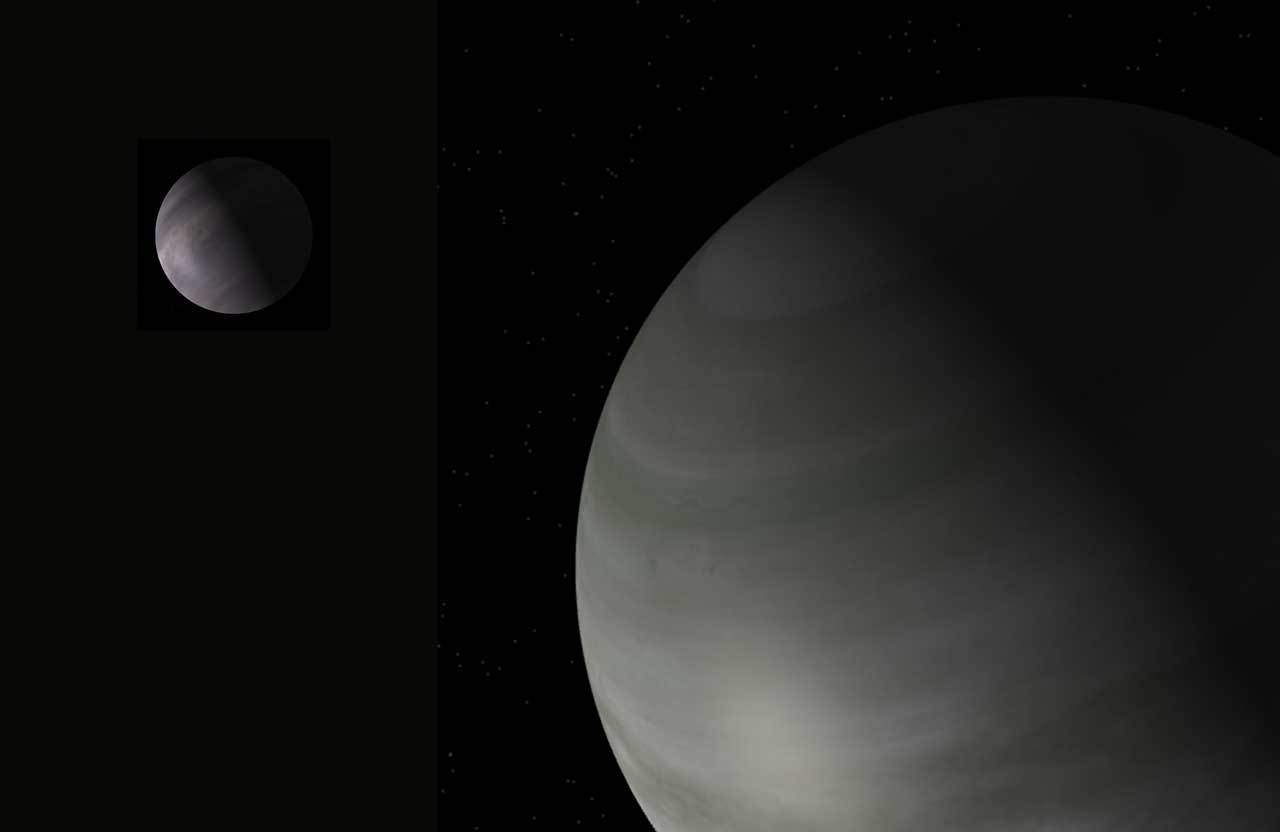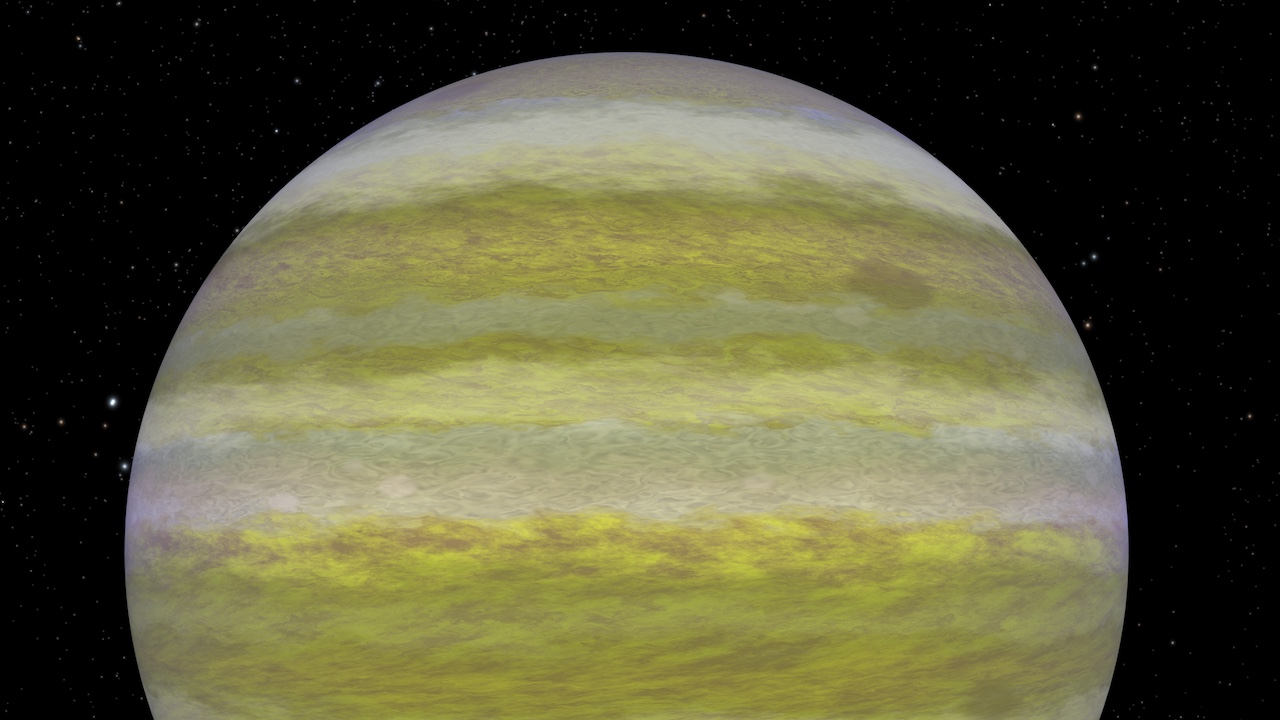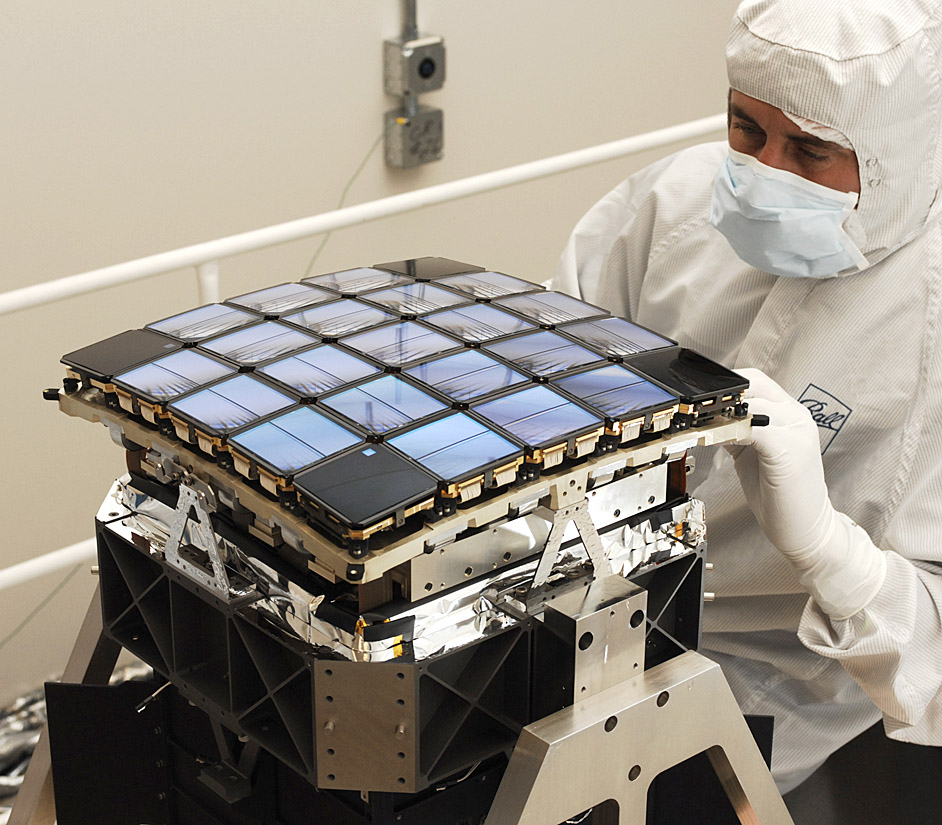3 min read

Planets: K2-146 b and c
The discoveries: Planet b, found by multiple science teams, was announced in 2018. A team led by astronomers at the University of Chicago announced the discovery of planet c in a just-published paper. Both discoveries relied on data from NASA’s Kepler space telescope.
Date: The latest paper, from a team led by Aaron Hamann and Benjamin Montet, was published in July 2019.
Key facts: Both planets belong to a strange class known as “mini-Neptunes” (or sub-Neptunes) and orbit a red-dwarf star about 260 light-years from Earth. They orbit their small star very tightly: A “year” on planet b, once around its star, takes only 2.6 days, with a 4-day year for planet c. These planets are likely too hot to be habitable.
Details: The strangeness doesn’t stop there. These planets are so close together they jostle each other’s orbits because of mutual gravitational influence. This allowed unusually precise measurements of their masses and density. That led to another shock: Both are likely to possess thick or watery atmospheres. And in their size class, they seem to be outliers.
Astronomers have discovered a gap in planet size, or radius, between about 1.5 and two times Earth’s size, that shows up in statistical samples of the thousands of planets found so far in our Milky Way galaxy. Both these planets are considered to fall near the gap. And based on their size and closeness to their parent star, they should not have held onto their atmospheres; a conventional analysis suggests that, instead, their atmospheres should have been stripped away by early blasts of stellar radiation.
What’s next: These planets might be teaching us something new about the “gap” in planet sizes. The gap might shift back and forth, to larger or smaller planets, depending on the type of star the planets orbit. For red-dwarf stars, the gap might span a different size-range than it does for larger yellow stars like our Sun. This also could change our understanding of which planets are likely to retain their atmospheres as their systems change over time, and which are not.
Fun fact: These planets really do jostle each other’s orbits. In fact, Montet said, the discoverers of planet b missed seeing planet c because, during the 2015 data gathering period, its orbit was not oriented correctly. From the vantage point of the Kepler space telescope, planet c did not quite cross the face of its parent star, so its “shadow” could not be easily revealed. But just two years later, planet c had been “torqued” into position by gravitational jostling. Now it was clearly cutting across the star’s face, and could be readily observed by the University of Chicago team. It was the first time such a dramatic change in orbit had been observed.







